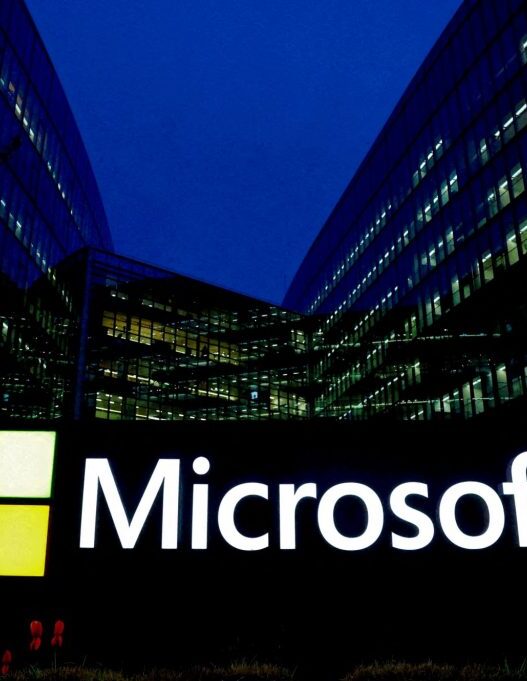The Tech Giant’s Bold Move in Generative AI
Powered by MasterCFA.com
What’s Brewing in the AI Cauldron?
IBM has just unleashed its latest artificial intelligence models, Granite 3.0, aimed squarely at businesses. This move comes as companies are increasingly embracing generative AI technology. Unlike some competitors who charge for access, IBM is making these models open-source, potentially disrupting the market.
Key points:
- Granite 3.0 models released on October 21, 2024
- Open-source approach, differing from competitors like Microsoft
- IBM offers a paid tool called Watsonx for customization and implementation
- Models trained using Nvidia’s H100 GPUs
Why This AI Leap Matters
Economic Ripples Across Industries
IBM’s release of Granite 3.0 could have far-reaching effects on the global economy. By making these AI models open-source, IBM is potentially democratizing access to advanced AI technology. This move could accelerate AI adoption across various sectors, from healthcare to finance, potentially boosting productivity and innovation on a global scale.
Businesses and Individuals: Riding the AI Wave
For businesses, especially small and medium enterprises, access to powerful AI models without hefty licensing fees could level the playing field. This could lead to:
- Improved efficiency and decision-making processes
- Enhanced customer experiences through AI-driven insights
- New product and service innovations
For individuals, this could translate to:
- Better services from businesses they interact with
- Potential job market shifts as AI capabilities expand
- Opportunities to upskill in AI-related fields
Economic Theories in the Real World
The Theory of Creative Destruction
IBM’s move exemplifies Schumpeter’s theory of creative destruction. By introducing a potentially disruptive open-source AI model, IBM is challenging the existing market structure. This could lead to:
- Obsolescence of certain existing AI solutions
- Creation of new markets and job opportunities
- Reshaping of competitive landscapes in various industries
Network Effects and Positive Externalities
The open-source nature of Granite 3.0 could create significant network effects. As more businesses adopt and contribute to these models, we might see:
- Rapid improvement in AI capabilities through collaborative development
- Increased value for all users as the network grows
- Potential for new standards in AI development and implementation
Peering into the AI Crystal Ball
Looking ahead, we might see:
- Increased competition in the AI space, with other companies potentially following IBM’s open-source approach
- Rapid advancements in AI capabilities as more developers contribute to open-source models
- Regulatory challenges as AI becomes more pervasive in business operations
- Potential shifts in the job market, with increased demand for AI-related skills
Why You Should Keep Your AI on the Prize
Understanding these developments is crucial for several reasons:
- Career Opportunities: The growing AI field offers numerous career paths for those with the right skills.
- Investment Insights: Knowledge of AI trends can inform better investment decisions in tech and AI-adjacent sectors.
- Business Strategy: Understanding AI capabilities can help in identifying potential disruptions or opportunities in various industries.
Questions to Ponder
- How might IBM’s open-source approach to AI models impact the competitive landscape in the tech industry?
- What potential ethical considerations arise from the widespread availability of powerful AI models?
- How could the democratization of AI through open-source models affect job markets and required skill sets in the coming years?
- What role should regulators play in overseeing the development and deployment of open-source AI models?
- How might small businesses leverage these AI models to compete with larger corporations?
Keep Learning with MasterCFA: Staying informed about AI developments and their economic impacts is essential for any budding analyst. Dive deeper into these topics to enhance your understanding and prepare for the CFA Exam. Explore more insightful articles and resources with MasterCFA to stay ahead in your finance career.















